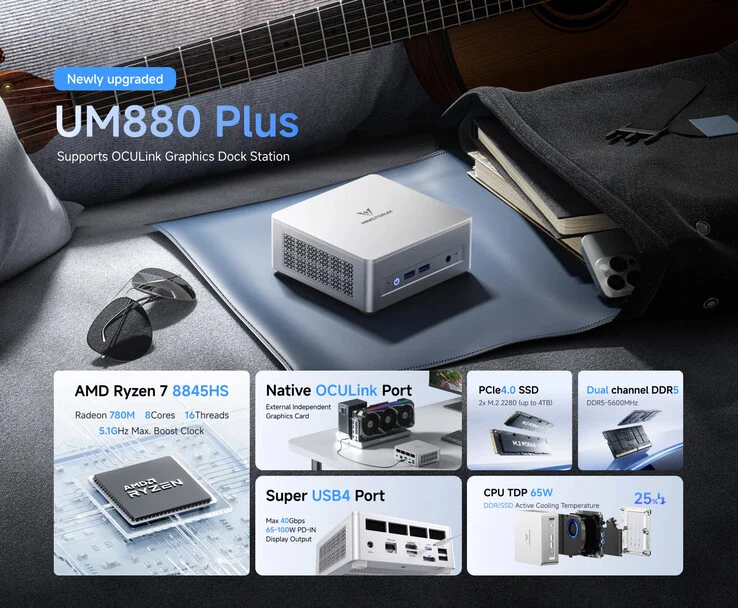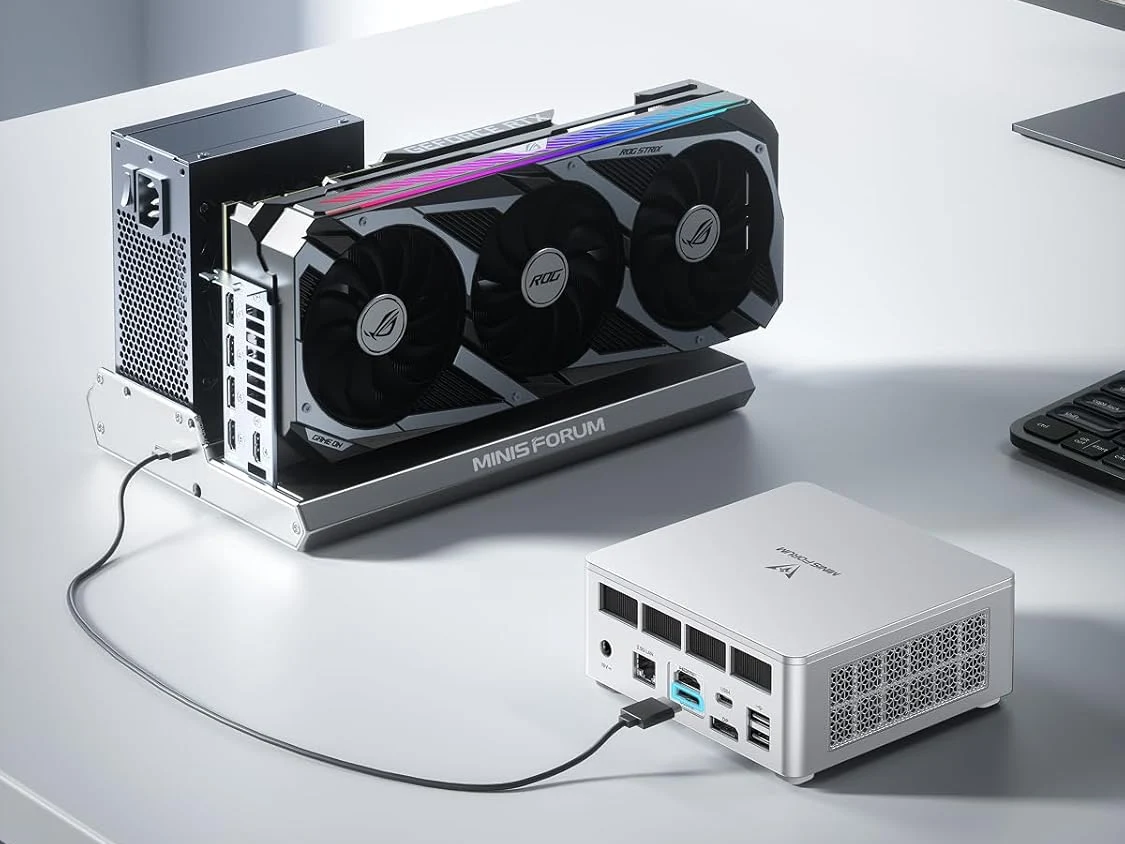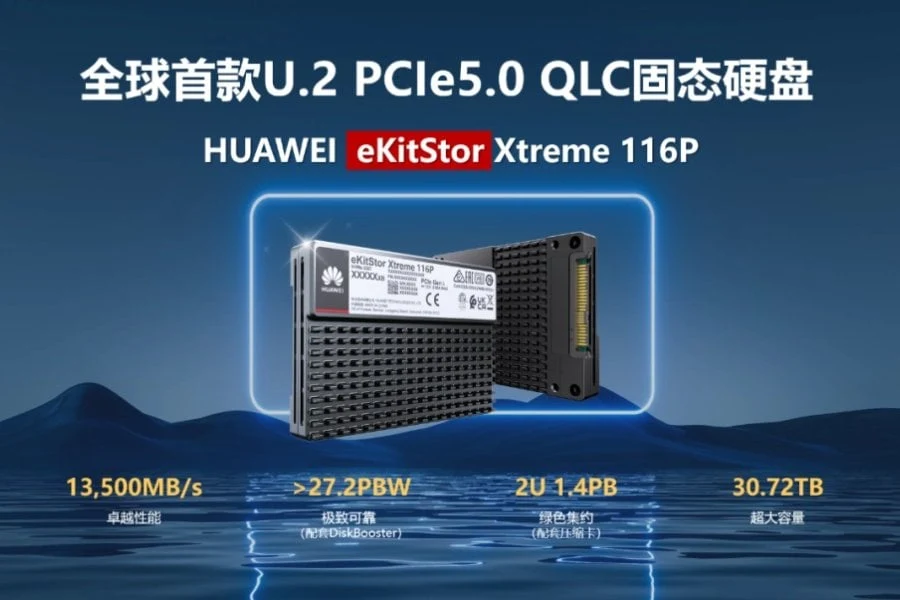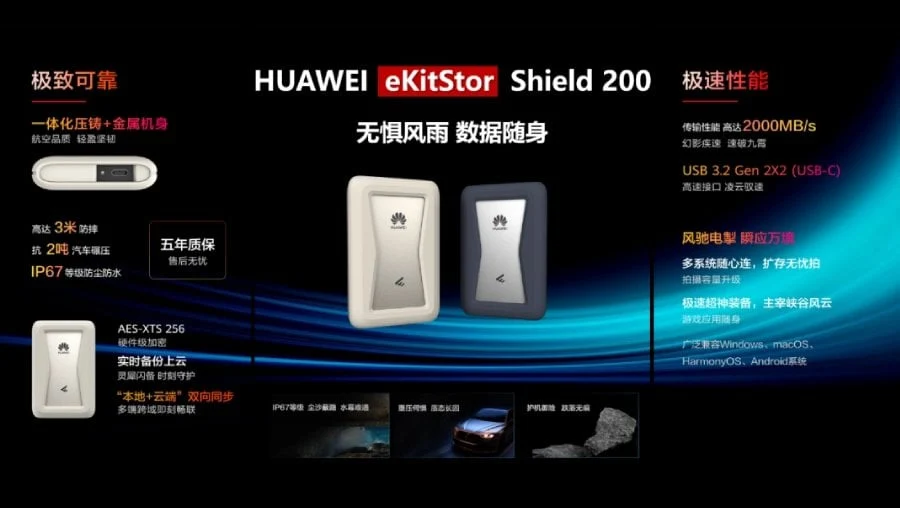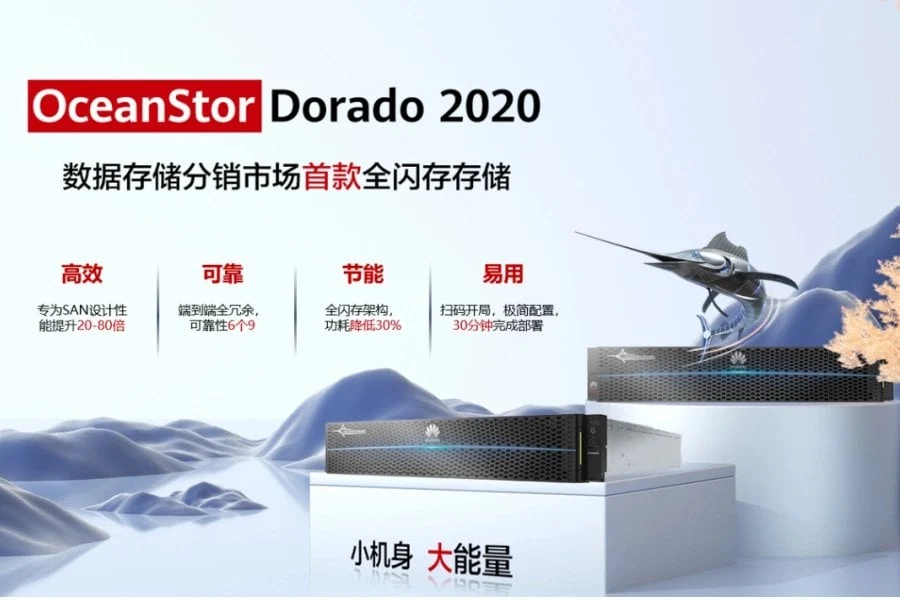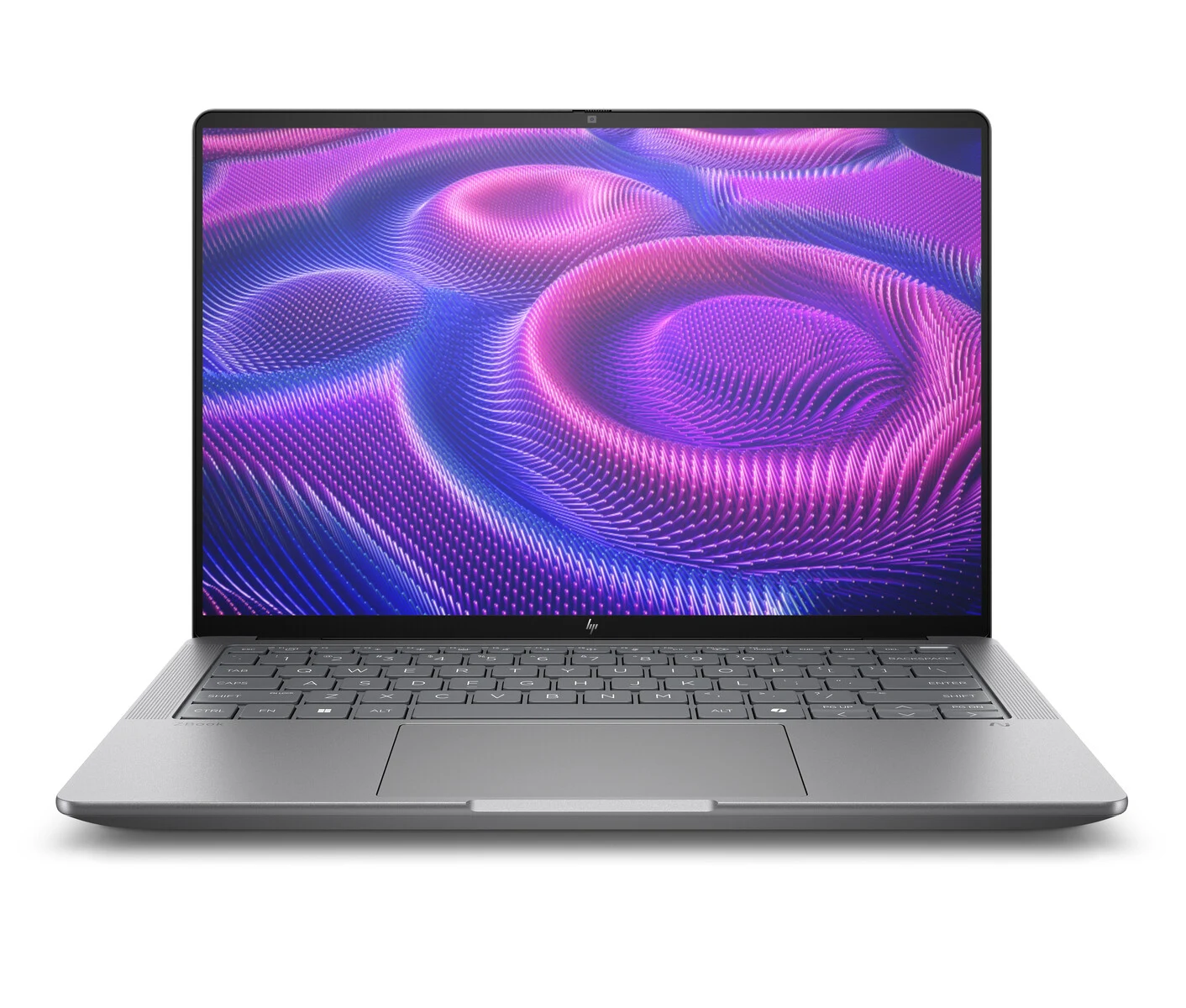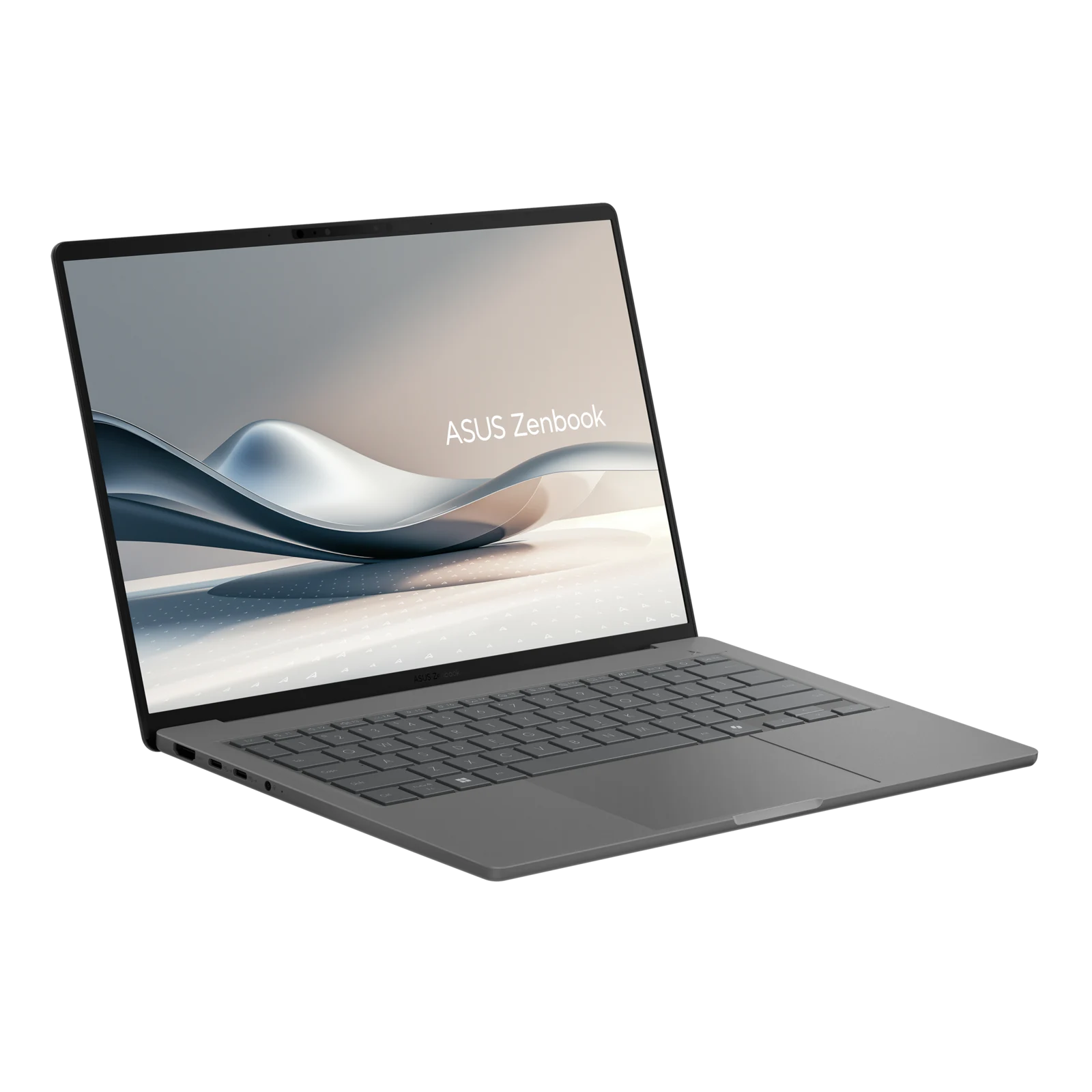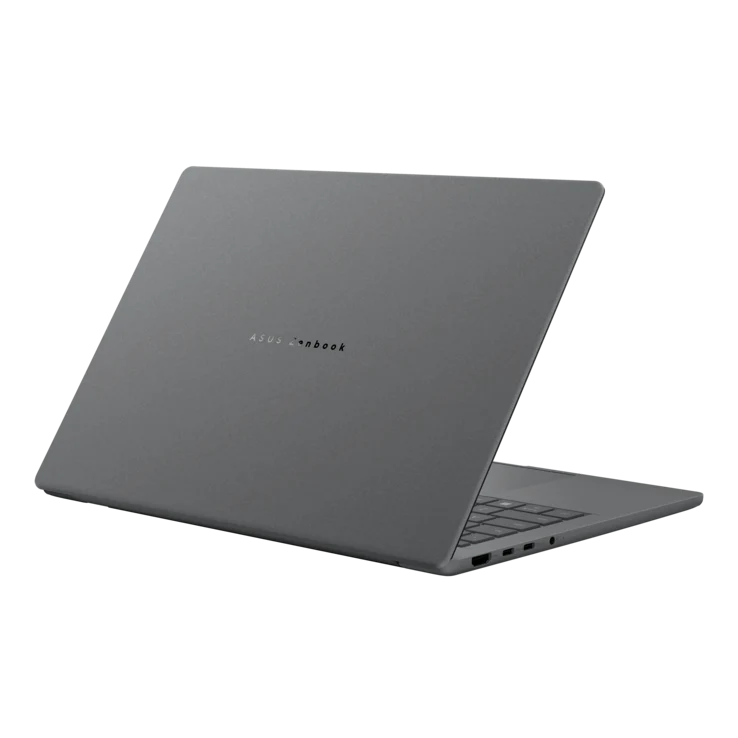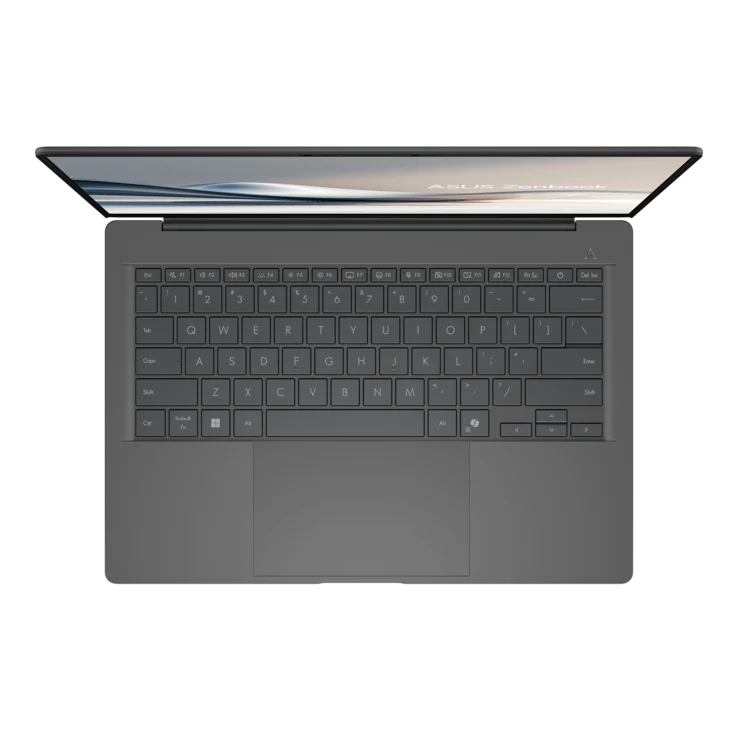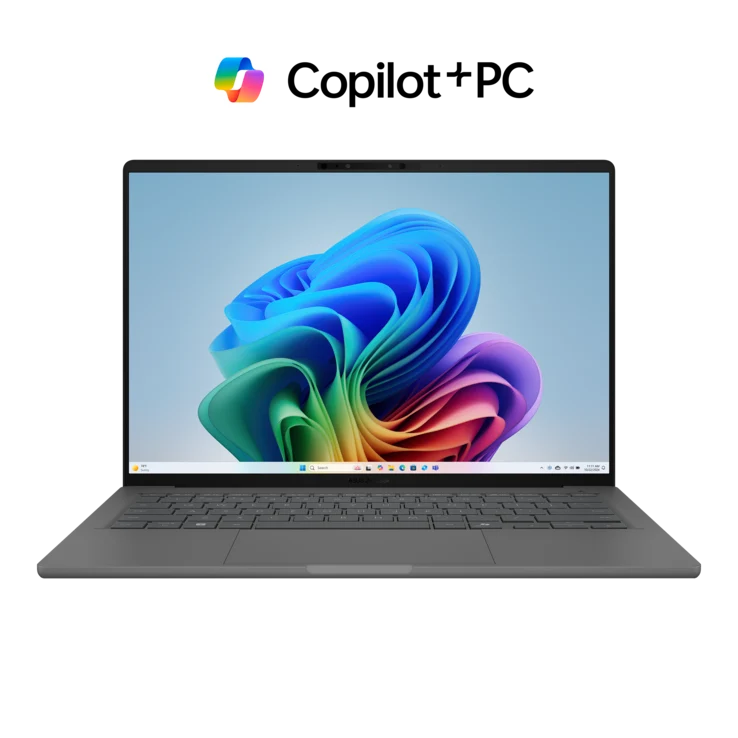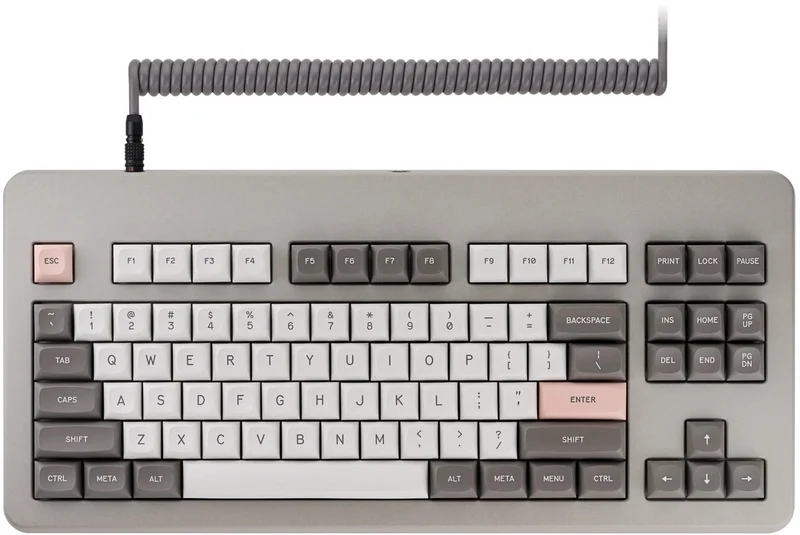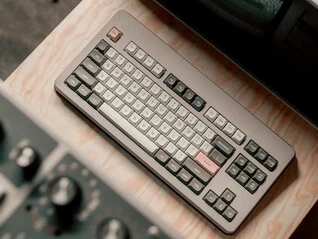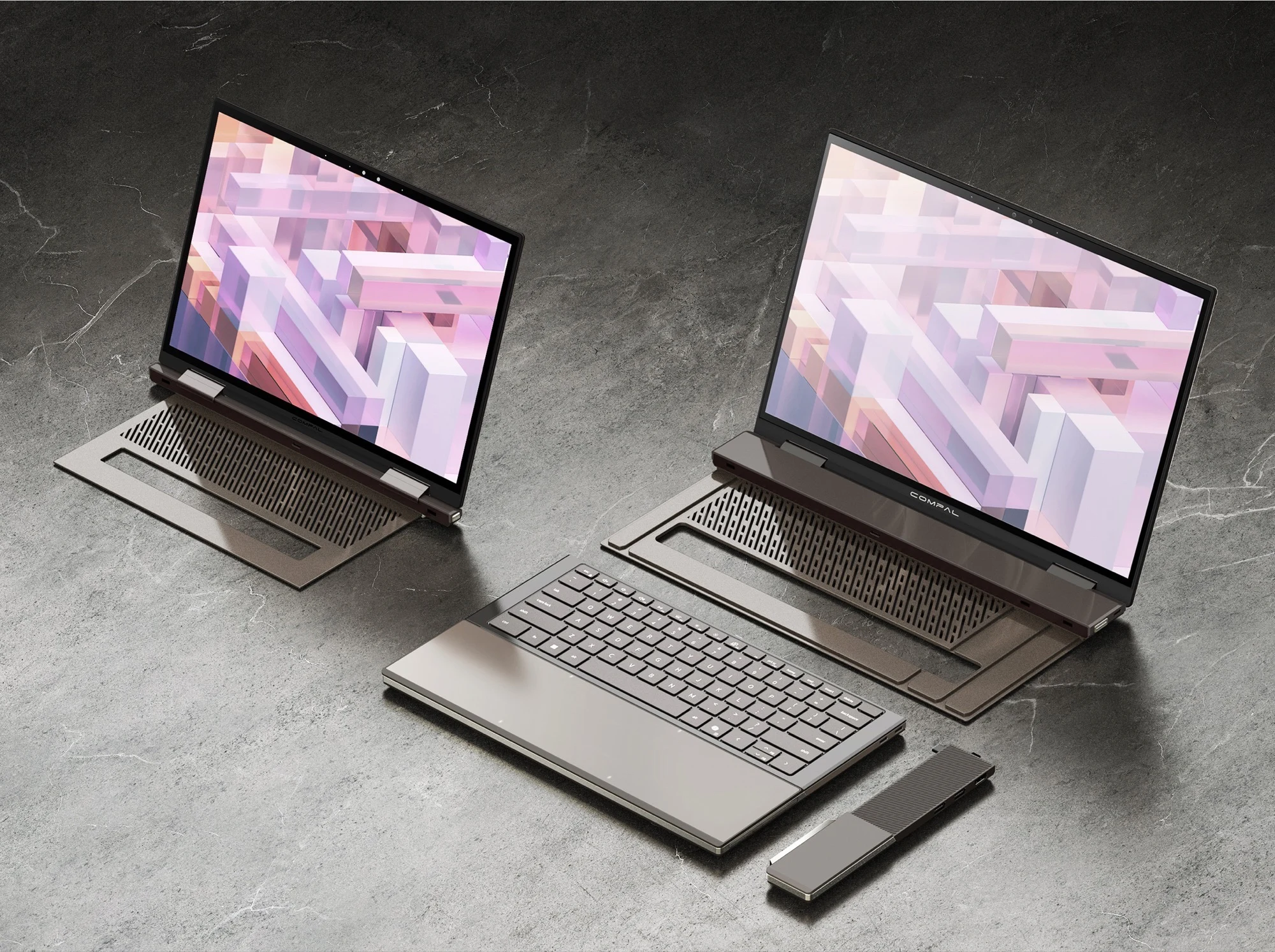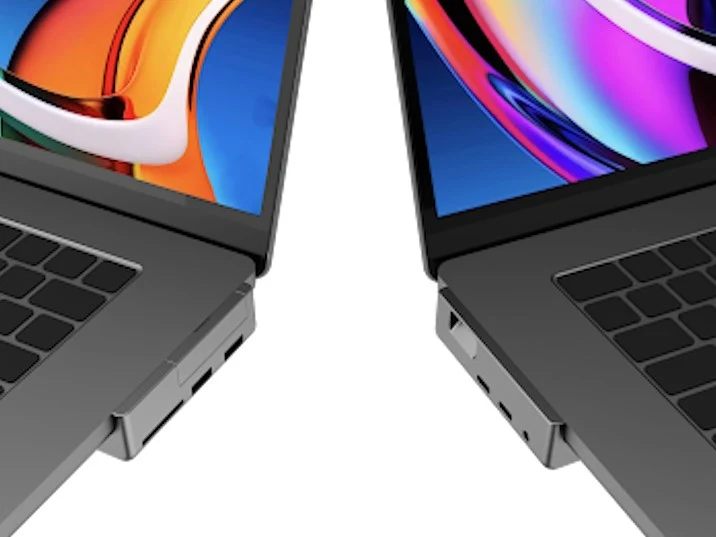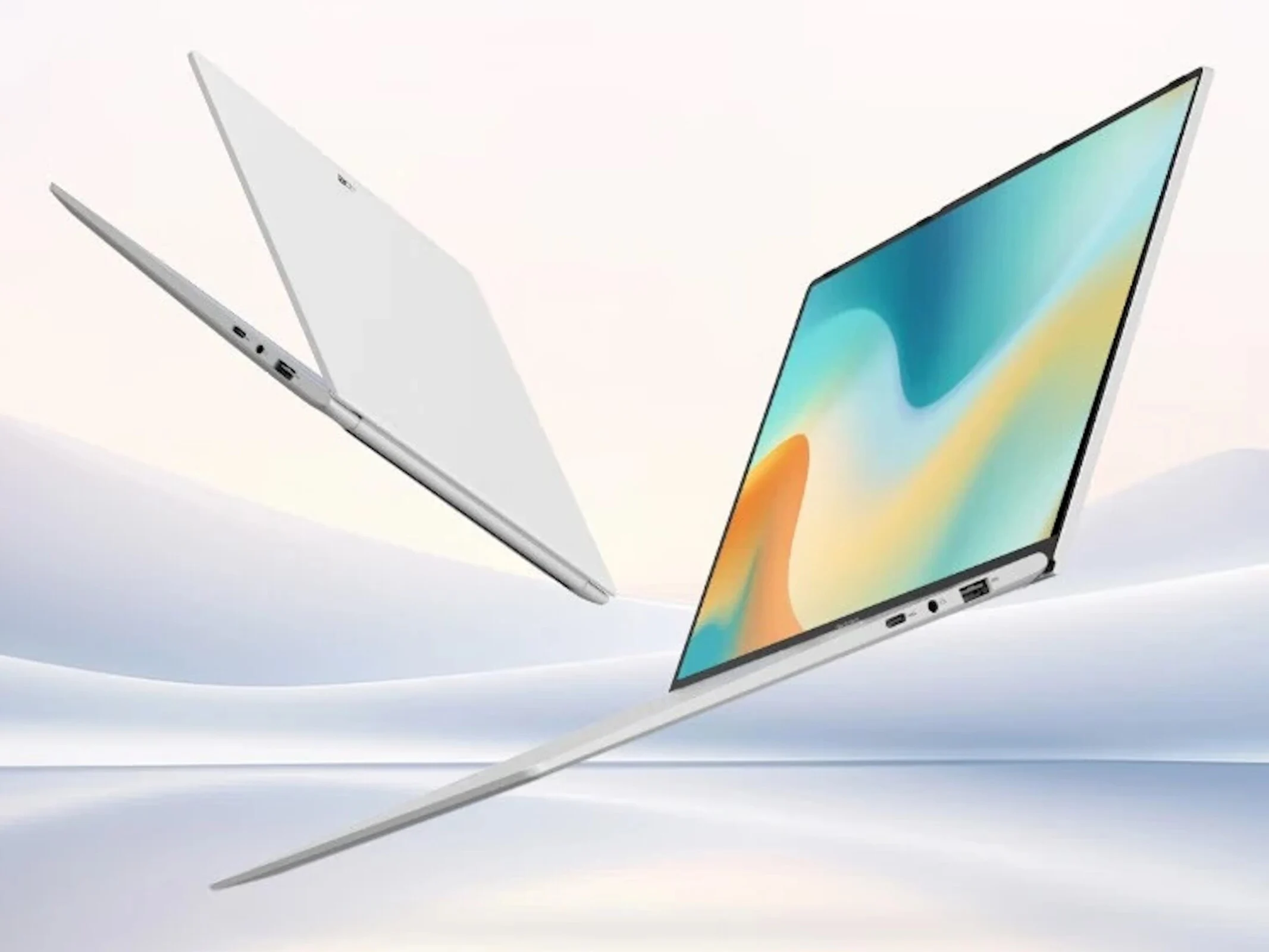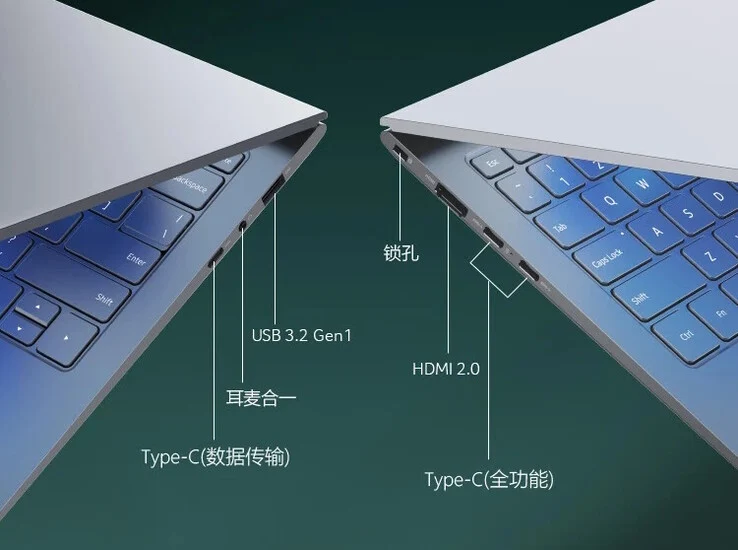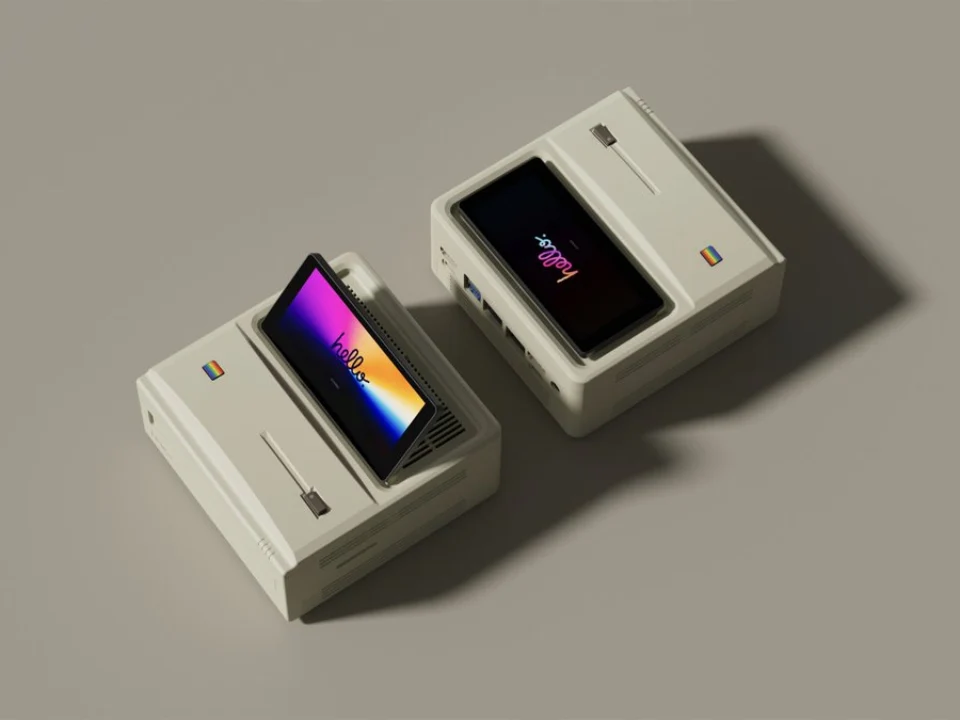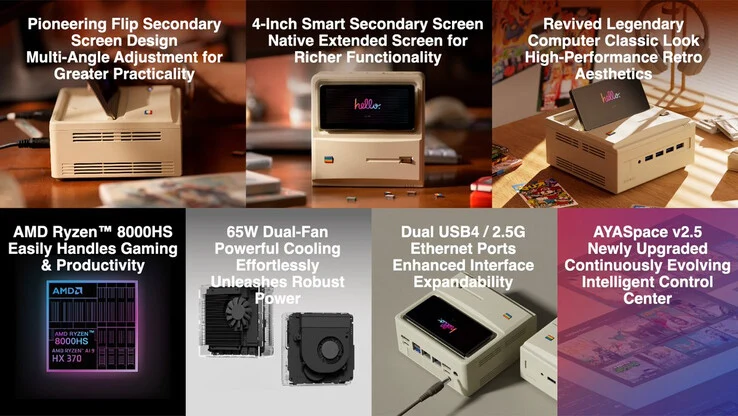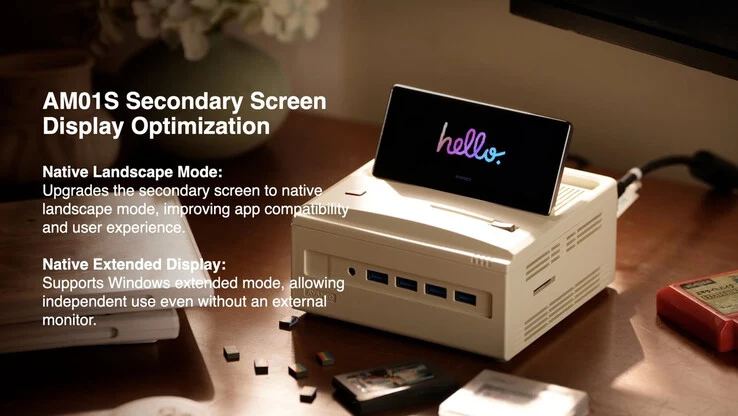Key Takeaways
1. Minisforum has launched four new products this month, including the UM880 Plus mini-PC.
2. The UM880 Plus features an AMD Ryzen 7 8845HS APU with Radeon 780M iGPU, supporting USB4 and OCuLink connections.
3. It includes 32 GB of DDR5-5600 RAM and 1 TB of PCIe 4.0 storage, but no barebones option is currently available.
4. The UM880 Plus is priced at $649, with introductory discounts offering up to $130 off.
5. The mini-PC can be purchased on Amazon and through the Minisforum website.
Minisforum is quickly rolling out new gadgets, and this month is no exception. The company has unveiled four exciting products so far. To summarize, these include the BD790i, NAB9 Plus, along with the AI X1 and AI X1 Pro mini-PCs.
New Addition to the UM880 Series
Returning to the UM880 lineup, which saw its last update in August with the UM880 Pro, Minisforum has now launched the UM880 Plus. This new model comes solely with an AMD Ryzen 7 8845HS APU. The Ryzen 7 8845HS packs a pretty capable Radeon 780M iGPU, and it also supports USB4 and OCuLink connections, allowing for the addition of an external graphics card. For a quick overview, here are the I/O specifications of the mini-PC:
Specifications and Features
If we look at the UM890 Pro, it suggests that the UM880 Plus might utilize one of its two M.2 2280 slots to include an OCuLink adapter. Presently, the mini-PC comes equipped with 32 GB of DDR5-5600 RAM and 1 TB of PCIe 4.0 storage; at this point, Minisforum has not provided a cheaper barebones option.
According to the promotional details shared by Minisforum, the RAM will be delivered as two 16 GB SODIMM modules. On the other hand, the 1 TB storage will probably be limited to a single M.2 2280 drive. Right now, you can grab the UM880 Plus for $649. However, there are introductory discounts that can take as much as $130 off, giving you a 20% savings.
You can find the UM880 Plus available on Amazon and through Minisforum, as mentioned by ITHome.
Source:
Link
